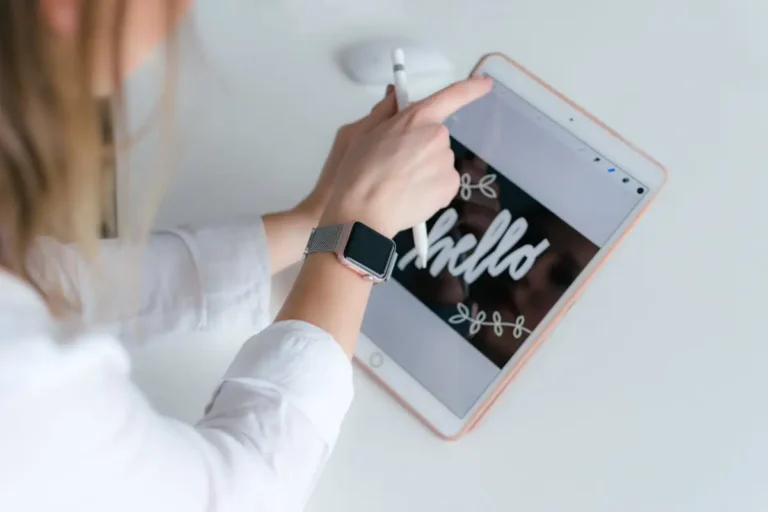If you’re thinking about producing connected TV ads, it’s important to understand what goes into the process. There are many different factors that go into making a great commercial – from the script to the casting to the filming and editing.
In this blog post, we’ll discuss some of the most important things you need to know before shooting your TV commercial.
Choosing the Appropriate Content
When it comes to creating a TV commercial, there are a lot of different options to choose from. You can go with an animated spot, a voiceover commercial, or a more traditional live-action ad with on-screen actors. But, how do you know which one is right for your product or service?
Here are a few things to consider:
- What is your budget? Animations can be costly and so can hiring actors, so if you’re working with a tight budget, a more DIY voiceover spot might be the way to go.
- What is your message? If you want to tell a story or convey a complex message, an animated commercial might be the best option. If you just want to get straight to the point, a voiceover spot might be more effective.
- What are you selling? For some products, a more light-hearted approach might be appropriate. But for others, you might want to take a more serious tone. If you are advertising for a nonprofit or a cause, you might want to produce a commercial that is emotional and tugging at heartstrings.
- Who is your audience? If you’re targeting kids or families, an animated commercial might be more engaging. If you’re targeting adults, a voiceover or live-action ad might be more appropriate.
In some cases, less is more. During the most recent Super Bowl, Coinbase, a digital currency exchange, ran a one-minute ad that was very simple – just a QR code that occasionally turned into a Coinbase logo bouncing around the screen against a black background. And yet, it was one of the most talked-about commercials during the big game––so much so that the Coinbase app actually crashed.
The right content for your ad will differ dramatically depending on these factors, and no ad is created equal, but these considerations are a good baseline for your advertising and marketing teams.
Creating a Script
Once you’ve decided on the kind of commercial you want to produce, it’s time to start writing the script. This is one of the most important steps in the video production process because it will determine what happens in your commercial.
The process of writing a script can seem difficult, but with a bit of planning and creativity, it is actually easier than you think. The first step is to decide what message you want to communicate. What are you selling, and why should viewers buy it?
Once you have a clear idea of your product or service, you can start to craft a catchy slogan or tagline. This will be the hook that grabs viewers’ attention and makes them want to keep watching.
As you script your CTV ad, you need to be creative and think outside the box. Keep in mind that connected TV advertisements are typically 30 seconds or less, so make every word count.
For most TV commercials, it is best to include content that is very engaging within the first few seconds. In many cases, people now have the option to skip ads after five seconds on streaming platforms, so you want to make sure your ad is interesting enough that viewers will want to watch it all the way through, or at least get the message in that small time frame.
And finally, don’t forget to include a call to action at the end of your commercial. Tell viewers what they need to do next if they’re interested in your product or service to move them down the path to purchase.
Adhering to Ad Specs
When you’re ready to start filming your commercial, it’s important to make sure that you are following all the ad specs. Ad specs are the guidelines set by the networks or platforms that dictate how an ad should look and function.
CTV ad specs are similar to those for traditional linear television, with a few key differences. For example, CTV ads must be HD quality and have a 16:9 aspect ratio. In addition, CTV ads must be delivered as .mp4 or .mov files. While CTV ads can be up to 30 seconds in length, they are typically shorter, given the attention span of online viewers. As with all online advertising, timing and placement are crucial for CTV ads. Advertisers should consider both when planning their CTV campaigns.
Buying Ad Space Through a Programmatic Platform
The process of buying ad space has changed a lot in recent years, thanks to the rise of programmatic advertising. In the past, advertisers would have to buy ad space through individual networks or publishers. Now, there are programmatic platforms that allow advertisers to purchase ad space on multiple networks and websites through a single interface.
What this means is that you can now buy ad space on connected TV platforms like Roku and Amazon Fire TV through a programmatic platform. Typically, this happens through a demand-side platform (DSP), which is a software application that allows advertisers to buy ad space through real-time bidding.
Final Thoughts
Shooting a TV commercial doesn’t have to be a daunting task. With a bit of planning and creativity, you can produce an engaging and effective ad that will reach your target audience. Just remember to keep your message clear, your commercial short, and your call to action strong. And don’t forget to follow all the ad specs when you’re ready to start filming.
Read more: How to Turn Your TV into a Smart TV




